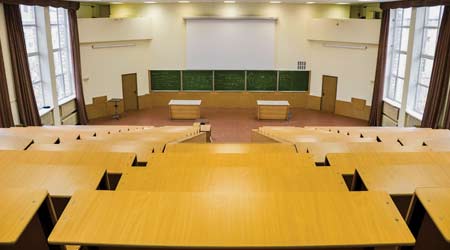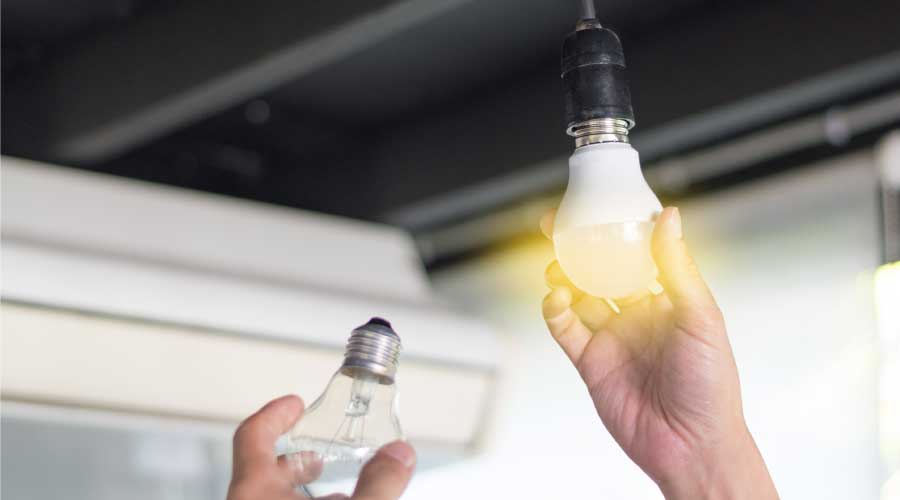 By understanding a facility’s unique needs when planning LED lighting upgrades, managers can ensure they focus on critical areas first.
By understanding a facility’s unique needs when planning LED lighting upgrades, managers can ensure they focus on critical areas first. Shining a Light on LEDs and Upgrades
Successful lighting upgrades incorporating LEDs require a strategic approach and tough questions for manufacturers
Lighting fixtures built around light emitting diodes (LEDs) continue to revolutionize the lighting industry. They are opening new possibilities for institutional and commercial facilities as new lighting systems are designed and older systems are retrofit at the end of their performance lives.
At a recent holiday event, children were enjoying clear balloons with integrated multi-colored LEDs. It was a reminder of the many ways LEDs are reshaping the world. As a result, maintenance and engineering managers are asking, “Is it time to move to LED lighting? If so, what is the strategy? Is this the last time we will have to retrofit the lighting system?”
Setting a strategy
In developing a strategy to implement LED-based lighting solutions, managers need to clearly define the goals and break the problem down by application. The goal might be to enhance lighting levels, lower energy costs and reduce maintenance demands. The organization might be pursuing an energy retrofit program that has defined financial targets.
What are these financial targets? What financial hurdle rates must the effort meet? How will the retrofit or improvements be funded?
With goals set, managers can build a strategy by selecting and focusing on specific lighting applications, such as interior linear fluorescent fixtures in drop ceilings or recessed can-type fixtures. Some applications provide a better economic payback. Some will do more to reduce maintenance costs.
By focusing on specific lighting applications, managers can break the problem down into manageable pieces. Define applications based on the way occupants use a space, hours of operation, the need for recircuiting and the future need for space reconfiguration and other common factors.
The first step is to study the problem. Devices that measure hours of operation and lighting levels are inexpensive and can help managers segment areas of use so they can prioritize their efforts to maximize impact. They need to note the condition of the existing system, fixtures, wiring and electrical panels.
Managers also need to look for evidence of overlit or underlit spaces, spaces with a high percentage — greater than 10 percent — of burned-out lamps or damaged fixtures. In one recent audit, an existing lighting system had not been maintained and showed significant evidence of burned out fixtures. These areas are difficult to maintain, either due to access or fixture design, and they offer a reminder that managers should find solutions that maximize fixture and lamp life to simplify maintenance.
The overall strategy also should address organizational goals related to lighting controls. Historically, lighting controls have been implemented at the room level or at a lighting panel level. New LED systems offer integrated sensors, wireless networking and configuration by Bluetooth from a smartphone.
Related Topics:














